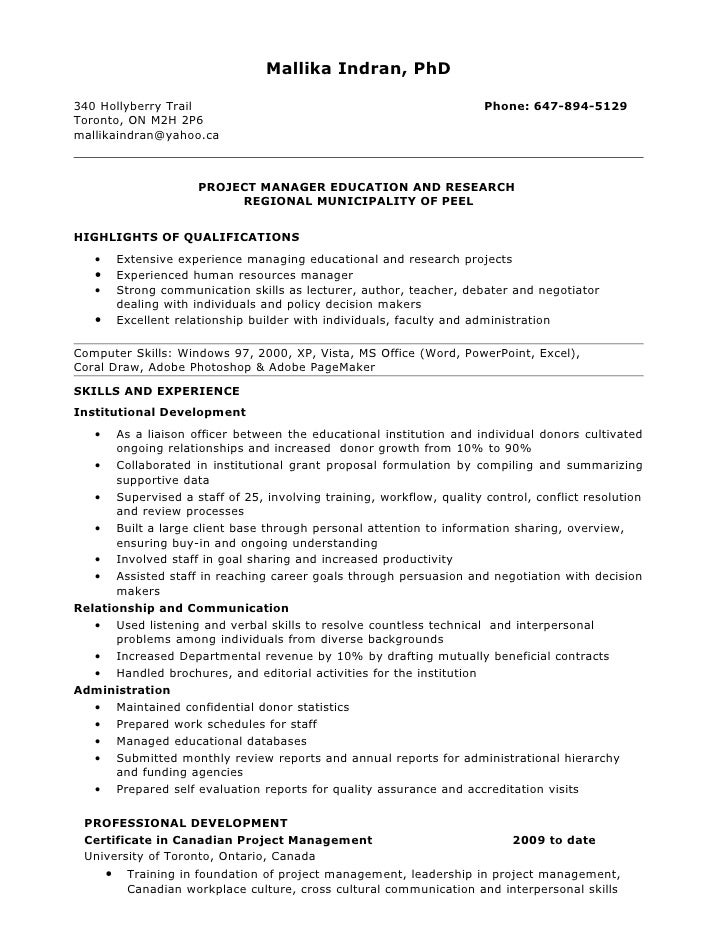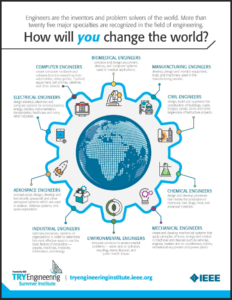
What is a project manager? This occupation is in-demand, with an annual salary of $70,000. The responsibilities of project engineers include designing manufacturing plants and processing plants. Therefore, project engineers must be able to understand how these facilities work and what their design needs will be. These engineers also need to have a good understanding of engineering principles, design and construction. These skills are essential to ensure the construction of buildings is safe and efficient. In order to create a final design, a project engineer might need to work with other engineers.
Job description
A job description for a project manager is critical to attract qualified applicants. Many managers and executives ignore the importance to have a job description. This is because they believe that it will make it easier to screen out candidates who are not qualified during the interview process. However, a well-written job listing will ensure that only the best candidates are invited to an interview. Here are some ideas for crafting a great project engineer job title. Let's see some examples.

In addition to preparing detailed plans and specifications, a project engineer may also oversee the implementation of the design. The project engineer may oversee construction and coordinate their efforts. They are responsible for budgeting, scheduling, coordination, and other tasks across departments. Project engineers are required to manage multiple projects at once, which requires a broad range of skills. They oversee many aspects of a project, including budgeting and contract management.
Education requirements
Without an advanced degree, a bachelor's or equivalent experience and a bachelor degree may be enough to get the job of project engineer. However, if you find that advancement opportunities are lacking, you may have to consider grad school. Working experience can help you choose the subfield of engineering that you wish to specialize in. Some master's programs require you to complete an internship as part their curriculum.
Although the requirements for project engineers vary from company to company, you will need a bachelor's degree to be eligible for an entry-level role. Often, these engineers will assist other engineers with their projects, so they need to understand the basics of the field. Aside from being able to solve problems, gather data and facts, and determine whether plans can be implemented safely and economically, these engineers must also be skilled at analysis. In addition, they should be skilled at communicating with professionals and writing reports.
Career outlook
As a project manager, you will have both engineering and practical experience. The ideal candidate will have the ability to supervise and manage complex projects. The following information will explain what this position entails, the expected salary range, and the typical work environment. Once you understand the work of project engineers, it is possible to begin searching for employment in this field. You'll find important career information and a job description below.

Although this career path is diverse, many project managers don't remain in their current position for the entirety of their careers. Many project engineers move to management positions which are more rewarding and pay higher salaries. While some project engineers move on to this position, many others advance to senior project managers. A few are also promoted to director of construction. This is usually a position held by large corporations with their own construction programs. These professionals can also find entry-level jobs.
FAQ
Which engineering field is the hardest?
The most difficult engineering challenge is to design a system that is robust enough to handle all possible failure modes while at the same time being flexible enough to allow for future changes.
This requires extensive testing and iteration. It requires understanding how the system should behave when everything goes sour. You need to ensure that you don't just solve one problem, but that you design a solution that addresses multiple problems simultaneously.
What are civil engineers doing?
Civil engineering is the design and construction of structures such as roads, bridges, buildings, dams, tunnels, and other large-scale projects. It covers all aspects related to structural engineering such as building materials, foundations geotechnics hydraulics soils, safety analysis, environmental impact assessment and traffic management. Civil engineers ensure that your project is both cost-effective, and environmentally responsible. They are responsible for ensuring that the structure is durable and safe.
They are also responsible for planning and implementing public works programs. For example, they may be responsible for the construction or design of a bridge, road, or tunnel.
Is engineering a good career?
Engineering is a rewarding career that allows you to learn and improve your skills. It is possible to make a significant impact on people's lives. There are many ways you can do this.
You could design products such as cars, planes, trains, computers, mobile phones, etc. Or you might develop software for use on these devices or help build them. You might also be interested in creating medical equipment and machinery. There are so many possibilities!
Engineers enjoy working with others, solving problems and finding solutions. They are always on the lookout for new challenges and learning opportunities.
Engineering is a wonderful career, but it takes dedication and hard work. Engineering is not about sitting down and watching TV all day. To get the desired results you'll have to put in a lot. It's worth it.
What is an industrial engineer doing?
Industrial engineers study how things work, operate, and interact.
Their job ensures that machinery, plants, and factories run efficiently and safely.
They design equipment, controls, operations, and other tools to make it more convenient for workers to do their jobs.
They ensure that the machines comply with safety regulations and meet environmental standards.
Statistics
- Typically required education: Bachelor's degree in aeronautical engineering Job growth outlook through 2030: 8% Aerospace engineers specialize in designing spacecraft, aircraft, satellites, and missiles. (snhu.edu)
- Job growth outlook through 2030: 9% (snhu.edu)
External Links
How To
How to read engineering drawings
Engineering drawings can be used to describe an object visually. These drawings can include many elements, such as dimensions, symbols and text. Engineering drawings are a common feature since ancient times. In Egypt 3000 BC, the first drawing was created. These drawings are used by engineers to create objects such as bridges, buildings, and machines.
Engineers use engineering plans to describe how something looks. It helps others understand what you're talking about. Engineers show the measurements of things with symbols and numbers. This makes engineering easier for those who don't have any knowledge.
There are two main types, 2D (or 3D) of engineering drawings.
2D drawings are flat representations of three-dimensional objects. These include plans, sections, elevation views, and axonometric projections.
3D drawings can be used to show real-life objects at multiple angles. These drawings are often created using computer software. SketchUp is a program that allows you to visualize the structure of a bridge from above. Then, select "View" then choose "Top view." You can then rotate your view until everything is visible from above.
2D drawings should be viewed in the entirety. It is important to not only focus on one piece of the 2D drawing. It is important to pay attention to everything in the top-right corner.